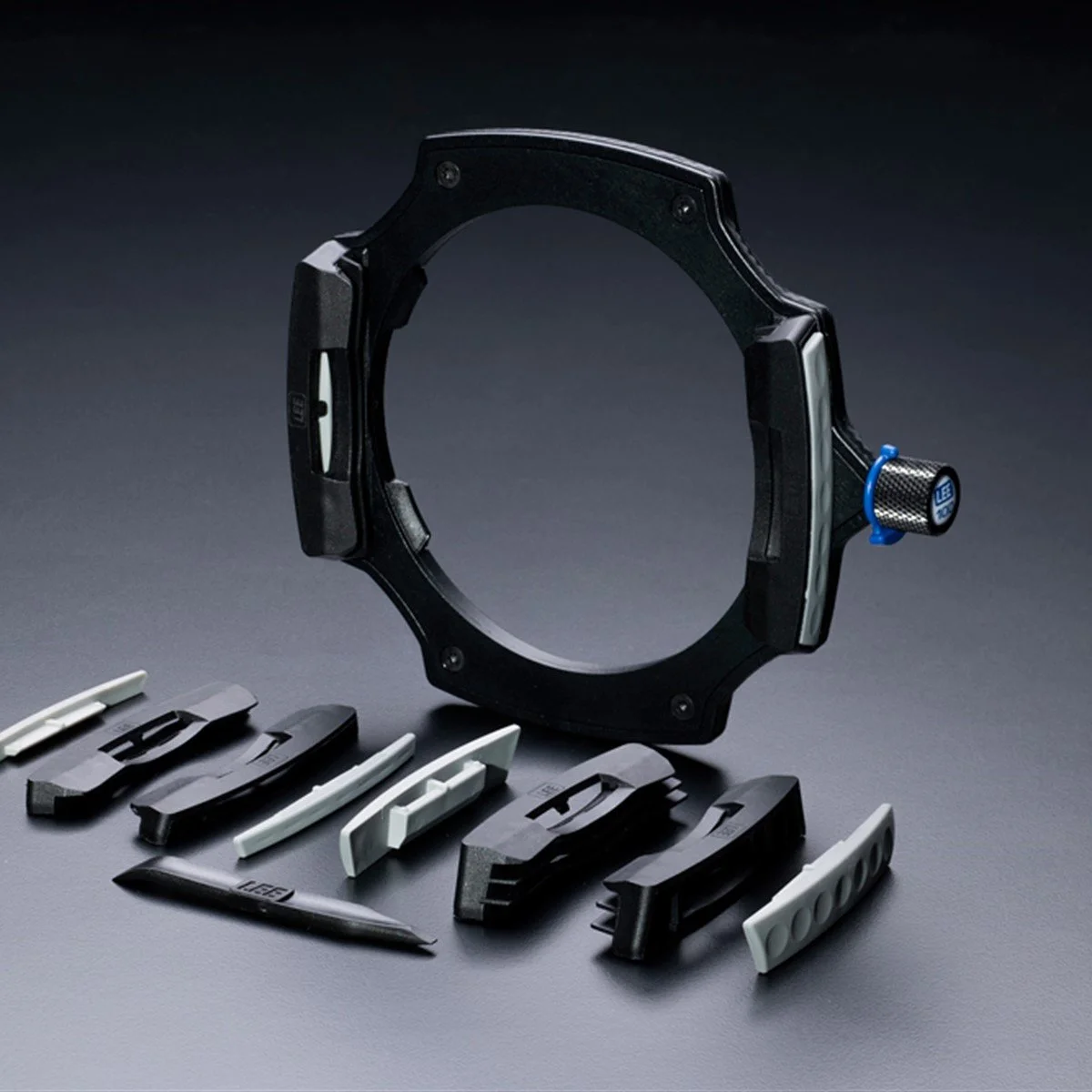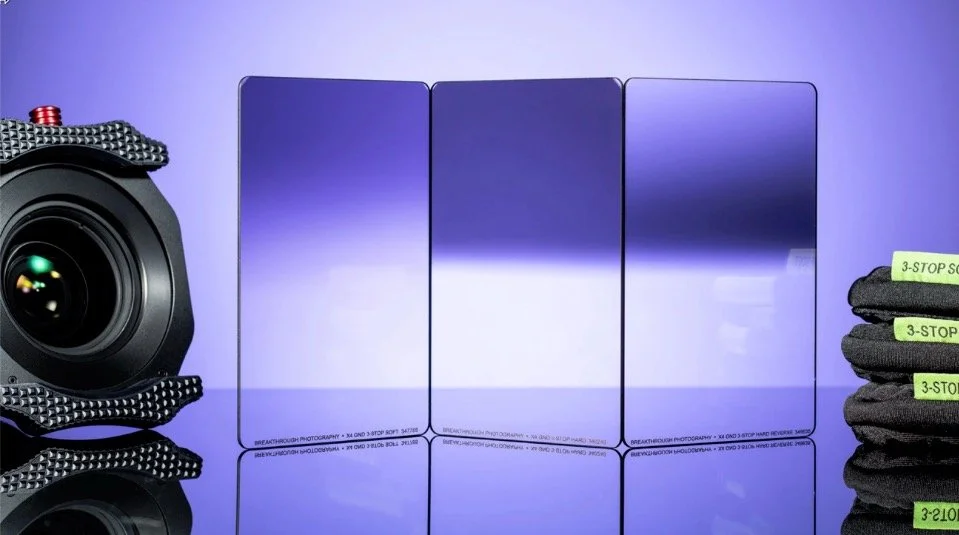Ann’s Filters
While Dan took what seemed to be a long break from using drop-in filters, I never gave them up. His lessened need for graduated neutral density filters due to what and how he photographed made it fine for him (though he has obviously conceded defeat and returned to the Way), but my photographs of the broader landscape and incorporation of the sky in almost all of my images make graduated neutral density filters a necessity for my images.
I too have recently switched filter systems, in part due to one of the issues that led Dan to leave drop-in filter systems in the first place, in part due to the complications for the system I was using at the time and our location in Europe. I’m now a very happy camper using the New Lee 100 system. And despite what Dan might say, it is not simply because it’s the same system Joe Cornish uses. Then again, if it’s good enough for him . . . .
Like all these types of systems there is the primary filter holder/frame, which mounts on a screw-on adapter you put on your lens. One of the advantages of the Lee system is that it’s fairly easy to change how many filters you can slide into the frame by replacing the slotted attachments. I’ve left mine at the maximum 3 drop-in slots.
In use, they’re just like any other system. Simply slide the 100mmx150mm glass filter (graduated or solid neutral density) into the slot and adjust the graduation transition to where you want it on the horizon.
One of the improvements with the Lee 100 system is that they’ve incorporated an “extra hard” edge and “medium edge” filter graduations that functionally operate for our Fujifilm APSC sensors similar to the hard and soft for larger full frame sensors. Finally, APSC getting recognition that it can produce excellent results!
The biggest pain from my previous system (and most drop in systems), has to do with how incorporating use of a polarizing filter into the system. Dan’s H&Y system has this nifty slot on the lens side of the filter mount that you can drop in the circular polarizer, and then rotate it via a geared scroll wheel. My system takes a different approach. For me, the polarizer goes onto the system at the front of everything.
That way it’s immediately accessible and you can always put it on if you need it or take it off if you don’t. And there are no extra parts involved in the process. I’m just waiting for the first time I hear Dan cursing that he lost his little polarizer slot cover - it won’t be pleasant.
Granted, the system looks quite a bit different than other filter systems when the polarizer is in use . . .
. . . but that doesn’t really bother me. It’s the results that matter.
Another great feature of the Lee 100 system (they really thought through the situations photographers actually face when photographing in the real world), is that you can mount a tandem adapter so that you can have graduated filters that operate in different directions. It’s easier shown than explained.
I can’t tell you how many times I’ve needed to have two different graduations and had to hold a filter in my hand (hopefully with the graduation in the right location) in front of the filter set while making a photograph, usually without much success. My arms just aren’t that long (or I’m not that coordinated). Now I can be very precise with differently oriented graduations!
As you can see, I had a lot of good reasons for making the jump in filter systems. But that’s not to say that the Breakthrough photography filters, who I was with since their first kickstarter project, are bad. They are not. The quality of the filters themselves are excellent, both the screw-on and the 100mm slide-in filters I used for years. They are optically sharp and don’t cause any color cast. The issues I had arose with the design of the system.
As an early supporter of any system, you kind of expect some hiccups along the way. Breakthrough’s drop-in system started with using a polarizer that magnetically attached to the lens mount, with the filter frame attaching onto it. The system didn’t quite work well, beyond the fundamental problem that you had to make sure you mounted the polarizer first, otherwise you had to take it all apart to mount (or remove) the polarizer.
Breakthrough started to redesign the system (as well as develop another system) and the promised improvements just dragged on too long. By then, we were in Europe with no fix in sight and I decided to try out the new Lee system.
Of course both Dan and I use the Breakthrough Photography screw-on circular polarizer filters (for when all we need is a polarizer) and have kept our Breakthrough screw-on neutral density filters because when you have good glass you keep it. Plus it’s always good to have a backup!
That’s my filter system!
conclusion






